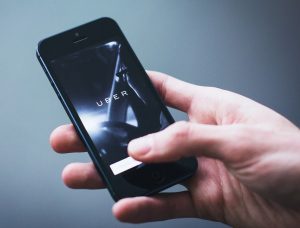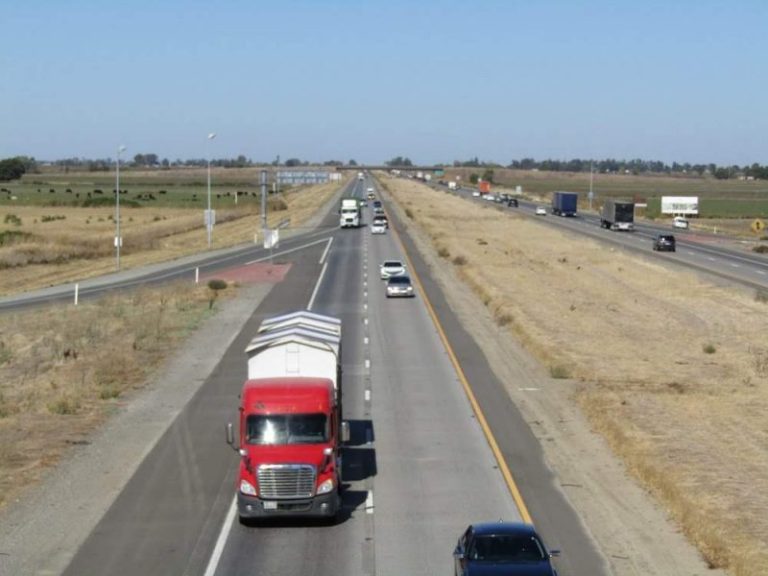How Uber and Lyft Ridesharing Accidents Work as a Passenger
Ridesharing companies (also known as transportation network companies) such as Uber and Lyft provide unprecedented convenience for travelers and commuters who need carpooling services, yet every time you get into a rideshare vehicle, you place your safety into the hands of a driver you’ve never met.
According to Uber’s US Safety Report, ridesharing trips are significantly safer than the average drive, yet catastrophic rideshare accidents can and do happen regardless, often severely injuring passengers in the process. If you’ve been hurt as a passenger in an Arizona ridesharing accident, you’re likely to be confused and overwhelmed, but knowing more about what to expect can be helpful—however, only an Arizona auto accident attorney can answer your questions in full.
Who Are You Covered By?
Auto repair costs are irrelevant as a ridesharing passenger, so your compensation will instead primarily concern medical bills, lost wages, and potential pain and suffering damages depending on the extent of your injuries and how they, and the recovery process, affect you mentally. Regardless, that compensation will primarily come through one of two sources—one of the drivers, or Uber/ Lyft’s insurance company. Let’s first look at general liability insurance requirements for Arizona drivers, which apply to rideshare employees unconditionally:
- $15,000 per person for bodily injury
- $30,000 total per accident for bodily injury/ injuries
- $10,000 total per accident for property damage (this is less relevant as a passenger, but could still apply if your personal belongings were damaged in the crash)
If the other driver is at fault, you’ll file a claim through their insurance company, just as you would if you were driving yourself. However, if your rideshare driver is at fault, you’ll usually need to file a claim through the ridesharing company that employs them instead. This is because many auto insurance policies don’t give coverage while a driver is using their vehicle for commercial or paid purposes; however, there are always exceptions, so do your research. Ridesharing companies such as Uber and Lyft carry extensive coverage policies for their drivers and passengers, which vary depending on the “period” of a drive:
 While logged into the app, but with no requests accepted, rideshare drivers and their passengers have $50,000 in bodily injury coverage per person, $100,000 for bodily injury coverage per accident, and $25,000 total for property damage.
While logged into the app, but with no requests accepted, rideshare drivers and their passengers have $50,000 in bodily injury coverage per person, $100,000 for bodily injury coverage per accident, and $25,000 total for property damage.- Once a driver is en-route to pick up a rider or is ferrying them in their vehicle, that coverage jumps up to $1,000,000 in comprehensive coverage for all forms of damages, including underinsured or uninsured motorist coverage.
As long as you didn’t cause the accident yourself as a passenger (such as by causing unnecessary distractions), you’ll be fully covered by somebody, no matter what.
How Arizona Auto Accident Attorneys Can Help
Ridesharing accident claims in Arizona can be difficult to understand and harder still to pursue, so it’s always advisable to talk to an auto accident attorney in Phoenix at ELG before accepting any form of settlement offer or compensation. Call us today at (623) 321-0566 to schedule a free consultation, and take the first step towards the comprehensive compensation you deserve for your injuries, losses, and suffering.
Law News Feed
All NewsWho Is Liable for Damages After a Truck Accident?
According to information from the National Highway Traffic Safety Association, more than 2,500 truck accidents occur each year in Arizona. It goes without sayin…
Common Injuries After a Motorcycle Accident
Motorcycle accidents kill or severely injure individuals more frequently than any other type of crash, resulting in immense amounts of suffering and financial d…

